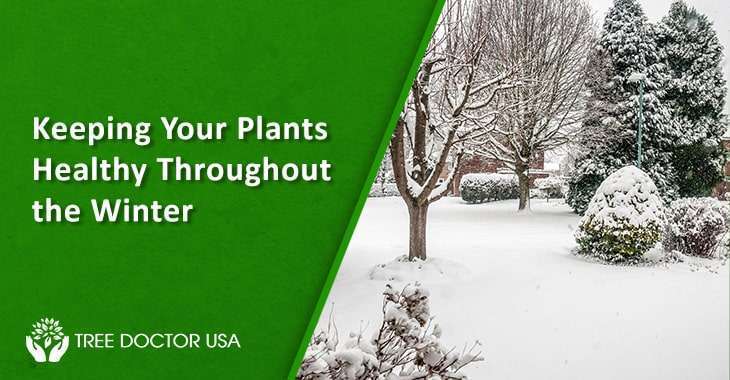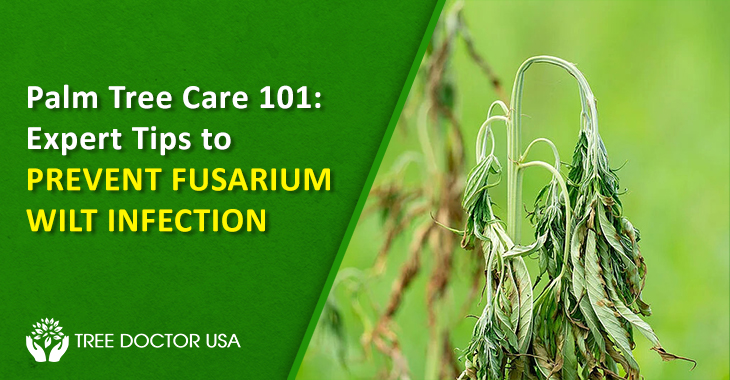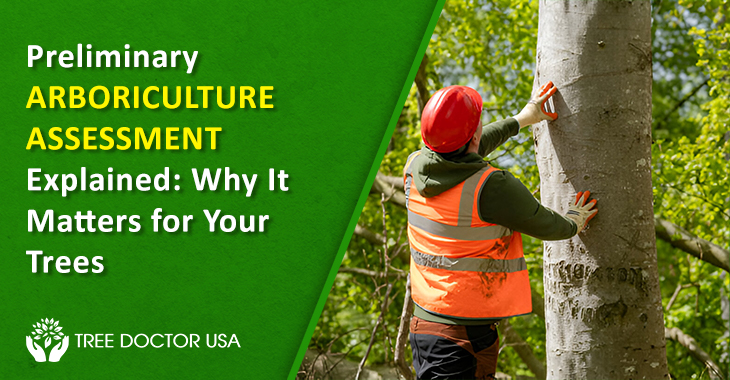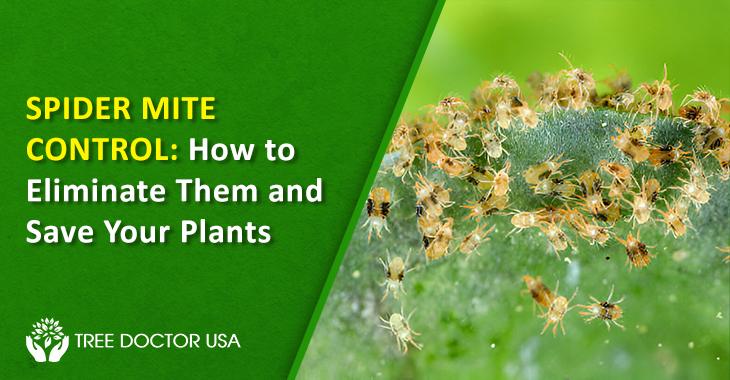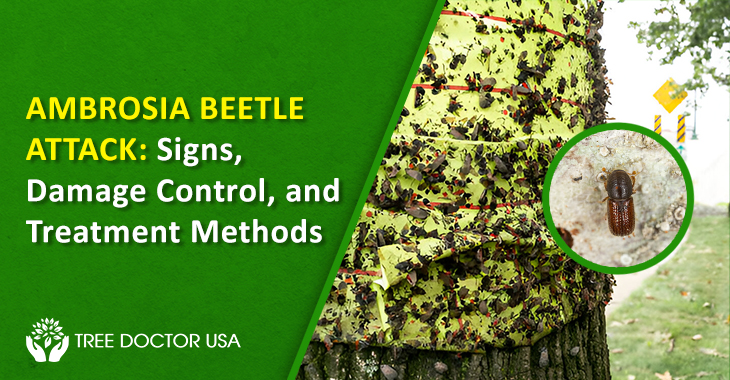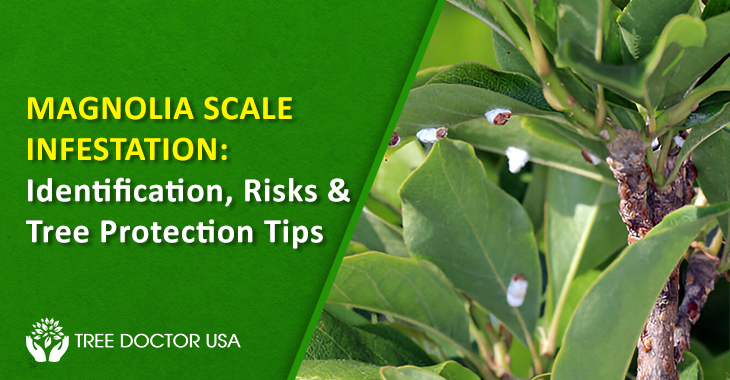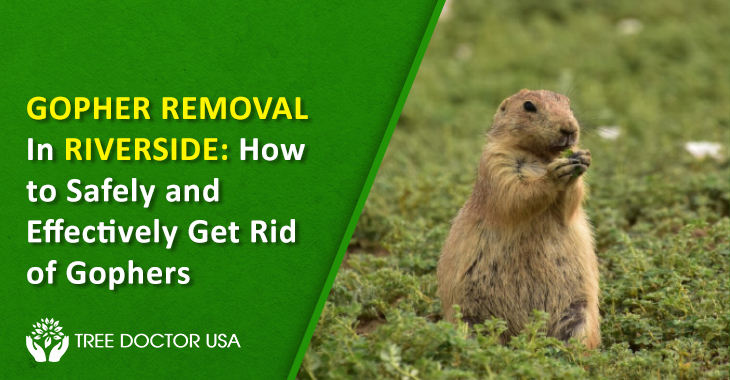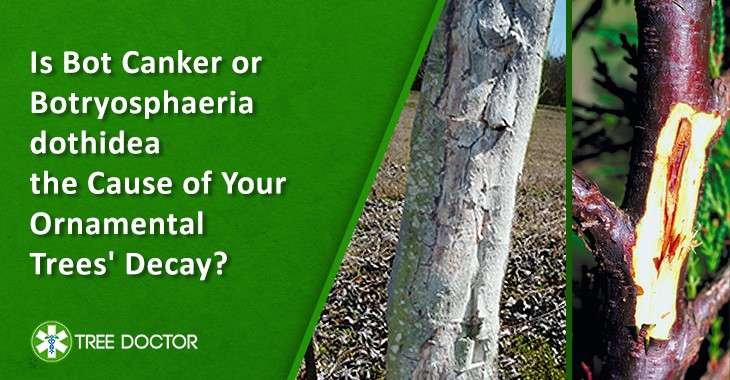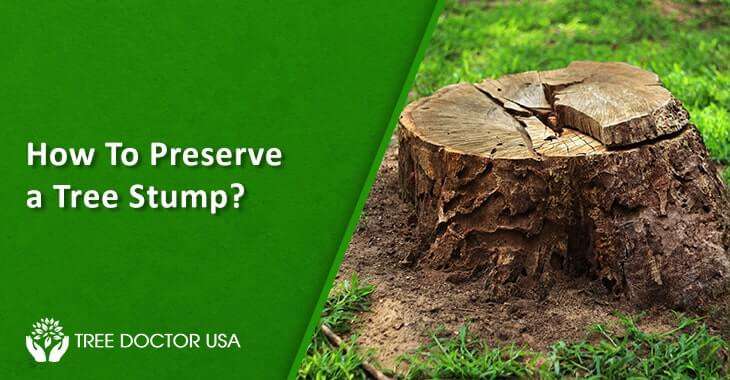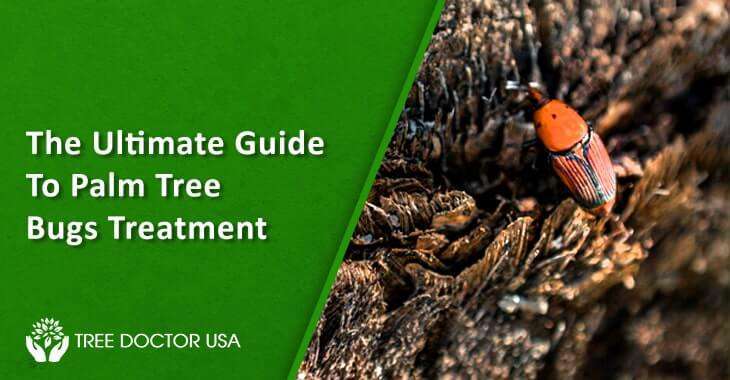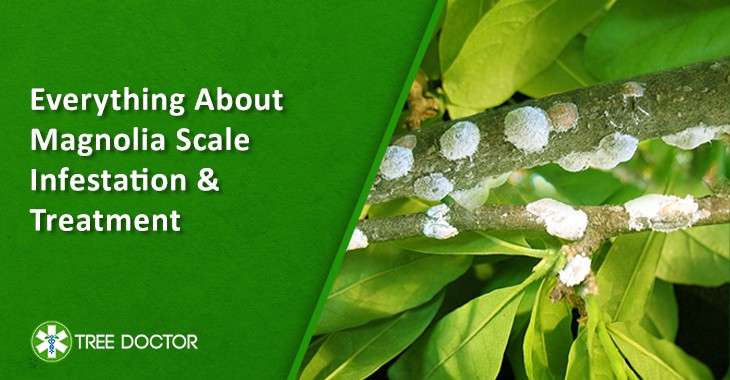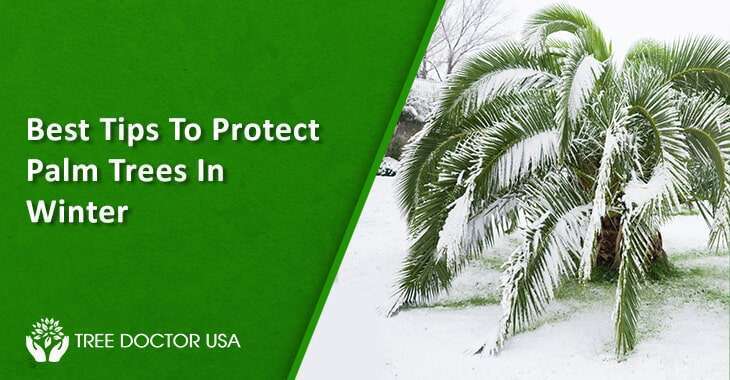Keeping Your Plants Healthy Throughout the Winter
If you have been planting trees for some time, you are undoubtedly aware that many trees in your garden or on your property can survive a few winter months. Some trees may even require the winter cold to develop better in the following spring season.
Nevertheless, whether new to gardening or have been doing it for a while, planting new trees or preserving subtropical or delicate ones over the winter requires excellent care. If they are left outside in the bitter cold for an extended period, they risk suffering severe injuries or perhaps dying from the effects of winter. Getting a head start on preparations from the Tree Health Expert is essential. You want to guarantee that your trees will make it through the winter and receive the necessary care.
In this piece, we will help you understand what types of tree care you can provide to your trees, not only to ensure that they survive the harsh winter months in Minnesota but also to ensure that they thrive afterward.
How to Prepare Trees for the Winter?
You must take precautionary steps throughout the winter months on your property to ensure that the plants and landscape bloom the following spring. Sunscald on the trunks and branches, jack frost bites, browning of evergreen foliage, and damage caused by snow and ice are all potential winter injuries that could occur. If you prepare your plants for this season, they will be easier to survive the winter in a healthy and resilient manner. The following are the steps you need to take to make it happen.
Water
There are such things as winter droughts. The trees benefit significantly from having increased amounts of water applied to their roots throughout the fall and winter. The water protects the soil from the cold’s damaging effects, and maintains its moisture content by acting as an insulator.
Fertilize
Your trees should be able to make it through the winter months with the help of a high-quality fertilizer blend because this will help keep the soil moist and supply the tree. These are the nutrients that a tree needs with the nutrients it needs to thrive. If you would like an estimate on what exactly you require in your fertilizer mix to support the health of your plants, a certified arborist from Tree Health Management companies would gladly take a look at your property and provide this information to you.
Prune
It is helpful to the tree’s overall health and vitality to prune away any branches or leaves that are diseased or have died. It is particularly essential to get this done before winter since the weight of the snow that accumulates on the branches causes them to break off earlier than usual. It could cause harm to those in the immediate area as well as damage to your property.
Wrap the Trunks of the Trees
Covering your trees’ bottom trunk and branches in light-colored paper or using a product designed specifically for wrapping trees will help protect them from sunscald. Because the leaves offer an additional layer of protection, their absence throughout the winter necessitates the adoption of different precautions. The wrapping also minimizes the damage caused by wind and stops insects and other pests from entering the tree bark by blocking the entry points.
Add Mulch
During the drier and colder winter months, adding mulch around your trees assists in conserving moisture and avoiding temperature extremes in the soil. During these months, your soil will be less likely to become compacted. It is important to remember to allow a space of approximately 6 inches between your tree and the mulch to prevent the growth of fungus on the tree’s bark.
If you have recently planted a new tree, the treatment for preventative maintenance may need to be adjusted slightly compared to the typical procedure for most types of trees. Continue reading to find out tips for your newly purchased plants from passing away this winter from experts of Tree Health Management.
Regarding Recently Planted Trees
It would be best if you gave more attention and care to newly planted trees to survive the winter. Freshly planted trees, regardless of age, will be susceptible to damage during the winter months simply because they still need a well-developed root system. The following are some things you may take to guarantee that they have good growth over the winter.
Water Frequently
It is crucial to young water trees frequently throughout the winter because they will require much more water for the first two to three years after they have been planted. It does not cause the roots any harm; instead, it protects the tree against winter drought, which occurs when the tree cannot extract sufficient moisture or nutrients from the soil, negatively impacting the tree’s growth and overall health.
Fertilize Your Trees in Fall
The fall months are ideal for fertilizing your trees because of the transitional climate between the warm weather of summer and the cooler temperatures of winter. The fertilizer will prevent damage throughout the winter and drive those insects away. Please inquire about our deep-root fertilization and other solutions for fertilizing your trees.
Add More Mulch.
Consider putting mulch around your newly planted flowers and shrubs, but you should keep it from the bark of any trees. During the colder winter months, this helps insulate the roots and retains moisture within the soil where it belongs.
Make Sure That There are no Cracks
Make sure you have thoroughly inspected all tree branches as the final item on the checklist. Damage to the tree might be indicated by dead branches, branches rubbing against each other, or even fissures within the tree itself. An arborist trained by Tree Consulting would gladly provide a complimentary consultation regarding your tree care requirements and help you prepare for the winter storm. We are here to lend a hand in getting your trees ready for the next winter season.
Conclusion:
In the event that you are concerned about the well-being of your trees, now may be an excellent time to get in touch with a Tree Health Specialist. A little bit of maintenance can go a long way when it comes to the care of trees. If it is not addressed, a relatively minor issue may snowball into a much more significant one.

